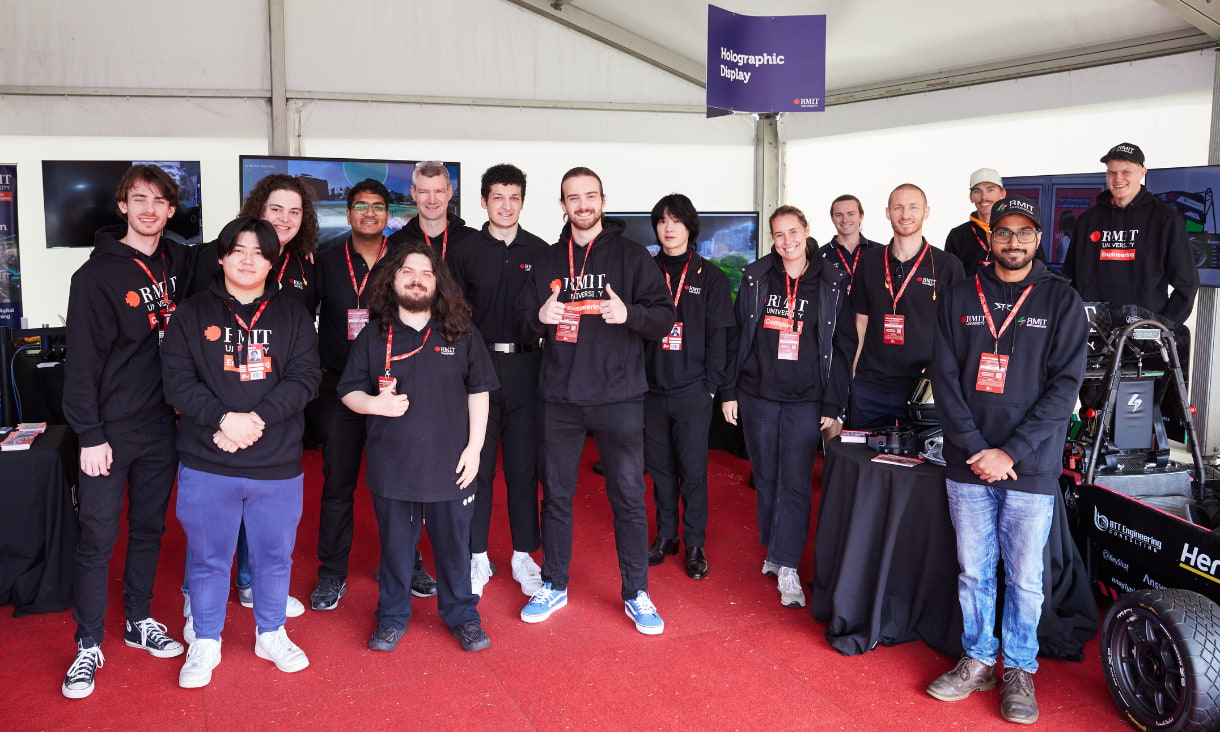Energy-smart bricks keep waste out of landfill
Engineers have invented energy-efficient bricks with scrap materials, including glass, that are normally destined for landfill.
Australian media need generative AI policies to help navigate misinformation and disinformation
New research into generative AI images shows only over a third of media organisations surveyed at the time of research have an image-specific AI policy in place.
RMIT opens $1M learning space dedicated to Apple Foundation Program at City Campus
New learning space dedicated to the Apple Foundation Program at RMIT now open to teach technology skills for jobs of the future.
STEM students ignite excitement at the 2024 Formula 1 Grand Prix
RMIT was represented by student ambassadors from multiple programs across the STEM College at the 2024 Australian Grand Prix.







